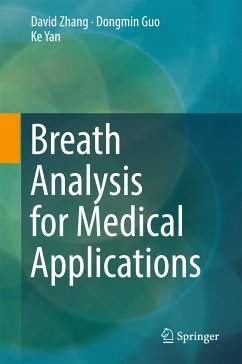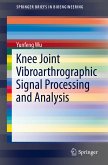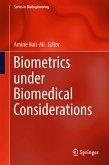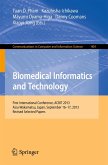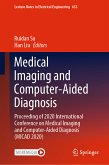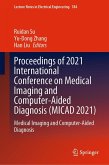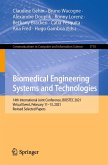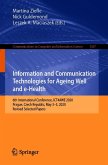This book describes breath signal processing technologies and their applications in medical sample classification and diagnosis. First, it provides a comprehensive introduction to breath signal acquisition methods, based on different kinds of chemical sensors, together with the optimized selection and fusion acquisition scheme. It then presents preprocessing techniques, such as drift removing and feature extraction methods, and uses case studies to explore the classification methods. Lastly it discusses promising research directions and potential medical applications of computerized breath diagnosis. It is a valuable interdisciplinary resource for researchers, professionals and postgraduate students working in various fields, including breath diagnosis, signal processing, pattern recognition, and biometrics.
Dieser Download kann aus rechtlichen Gründen nur mit Rechnungsadresse in A, B, BG, CY, CZ, D, DK, EW, E, FIN, F, GR, HR, H, IRL, I, LT, L, LR, M, NL, PL, P, R, S, SLO, SK ausgeliefert werden.

